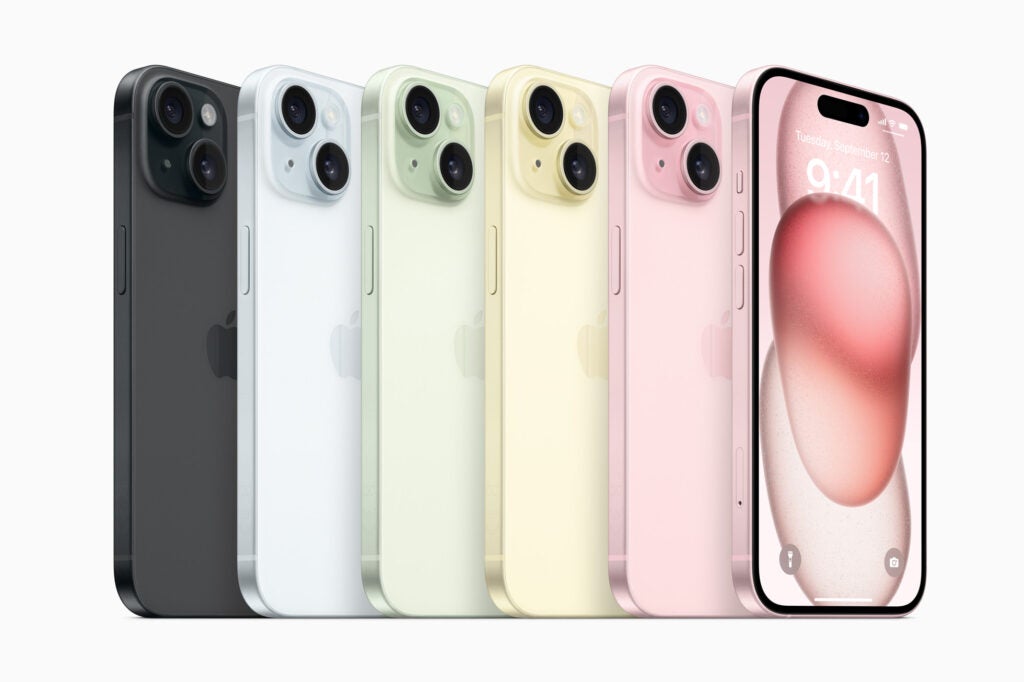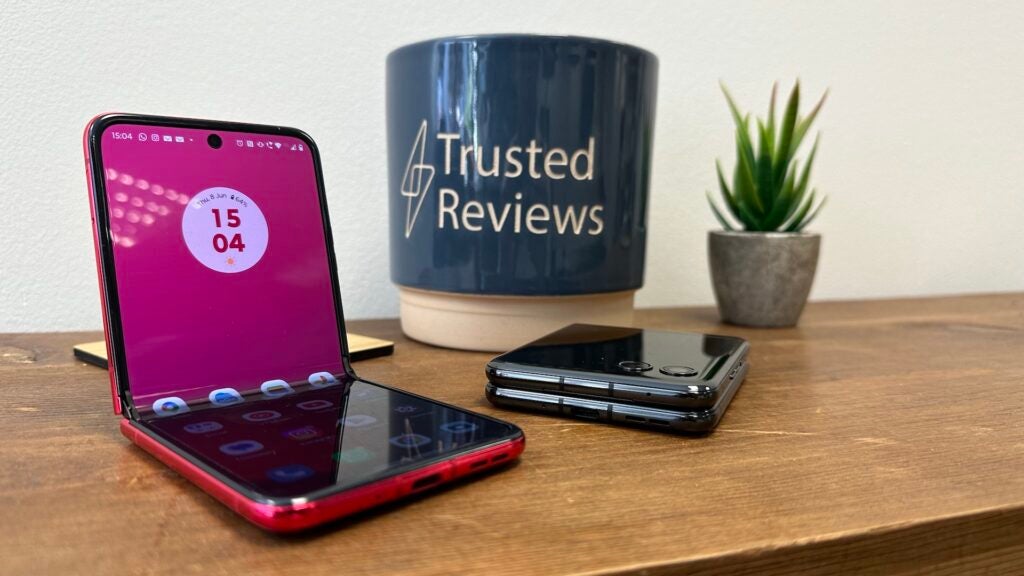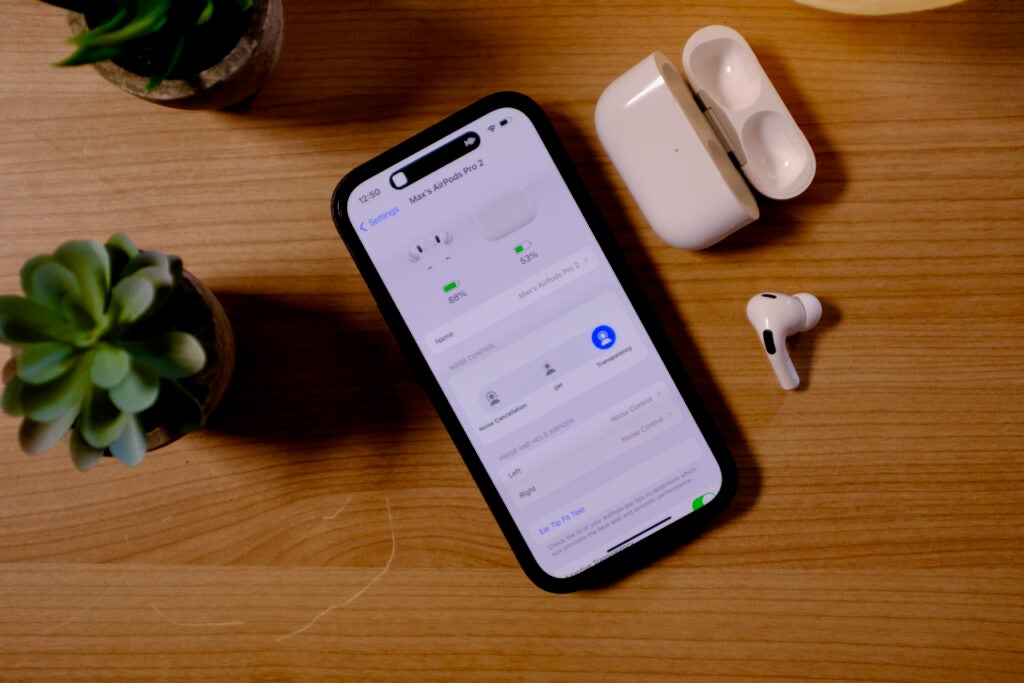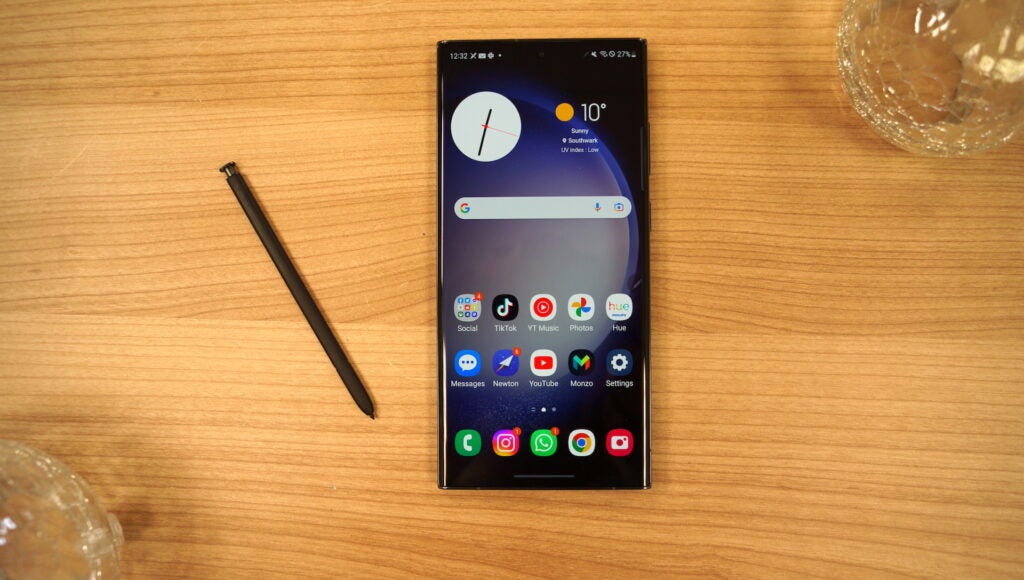OPINION: People don’t buy an iPhone for the hardware, they buy it for the software, and yesterday’s release of the iPhone 15 drills this fact home.
That might seem like an odd statement to make, but it starts to make sense when you take a closer look at the hardware Apple has been putting out for the past couple of years. The iPhone 15 isn’t that different from the iPhone 14, which in turn was pretty similar to the iPhone 13, which was an update to the design first introduced on the iPhone 12.
That’s a roundabout way of saying that Apple has been recycling the same design since 2020, only making smaller changes – like this year’s rounded edges – to hardware as each new generation of iPhone appears.
Despite these small tweaks, the iPhone remains one of the most popular smartphones for consumers in 2023 with over 16.5 million sales of the base-level iPhone 14 in the past year, and it’s very much expected that the iPhone 15 will match that over the following year.
That doesn’t make a lot of sense on the surface, especially when you compare the iPhone 15 to similarly priced Android smartphones.

The £799 iPhone 15 is actually more expensive than the £729 OnePlus 11, and while the OnePlus easily has the upper hand in hardware with a super-smooth 6.7-inch 120Hz AMOLED display, 50MP main, 48MP ultrawide and 32MP 2x telephoto cameras, a larger 5,000mAh battery and super fast 100W charging capabilities, people will disregard the OnePlus 11 and a plethora of other impressively capable Android phones for the iPhone 15.
That’s down to the fact that people don’t really care about iPhone hardware – it’s continued access to the latest versions of iOS that draws people in.
Anecdotally, I hear this a lot. My job as Mobile Editor means I get to use all manner of smartphones, from top-end Androids to the latest foldable smartphones. This means that my friends and family have ample exposure to top-end Android hardware and just how impressive it is, whether it’s the camera prowess of the Samsung Galaxy S23 Ultra or the way that you can fold the Motorola Razr 40 Ultra down to half its size. When sporting these phones, I almost always hear something along the lines of “I’d love to get that but I can’t deal with Android” or “I wish that could run iOS”, and I understand where they’re coming from.

Apple’s iOS has always held a rather polished experience, from the sleek UI that just seems to make sense to the minor tweaks that iOS deploys to improve the everyday experience of its users. These instances come in many forms, from automatically copying verification codes from SMS and emails, to the easy-to-navigate Settings app and the intuitive gestures that help you navigate the OS.
There’s also the broader appeal of how well iOS works with other Apple products, with intensely tight integration with AirPods, Apple Watch, Apple TV, iPad and Mac that is unmatched by the Android competition.

Above it all however, the most appealing aspect of iOS is how well-supported it is in terms of updates. The iPhone XR, a smartphone that was released in 2018 with iOS 12, has just got the upgrade to iOS 17 with access to the same software features as the iPhone 15. What’s more, the release is consistent with the reveal in June and general release in September, regardless of which supported iPhone you have.
This is essentially non-existent on the Android side of things. Sure, long-term support has got much better in the past few years with the likes of Samsung offering four OS upgrades and five years of security patches, but it falls short of what you’ll get with an equivalent iPhone and crucially, the release schedule for subsequent Android OS upgrades is messy to say the least.
The new Android OS tends to get announced in May, ahead of the iOS update, yet iPhones will get the new update first. Android updates, on the other hand, vary not only between manufacturers but also what phone you have, with most prioritising those OS upgrades for newer phones as older handsets have longer to wait – sometimes until the following year.

There’s also the fact that Android can be a confusing beast, especially if you’re used to the unified experience of iOS. The look and feel of Android software doesn’t just depend on what version of Android you’re running, but the Android skin that the phone’s manufacturer uses.
This can significantly change not only the feature set available but the way the OS looks, making it a rather daunting challenge to move from one Android manufacturer to another, let alone making the jump from iOS.
It’s issues like this that stop iOS users from seeking out what Android has to offer, and it’s why the iPhone will continue to be a top-seller despite the fact that it falls behind the equivalent Android competition in terms of pure hardware, and it’s not something I can see changing any time soon.




